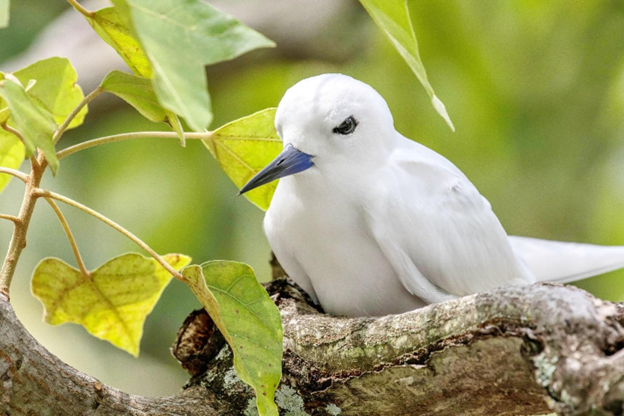- Identifying and understanding Manu o Kū biology and breeding.
- Recognizing cultural importance of the White Tern in Hawaiʻi.
- Understanding legal protections and arborist responsibilities.
- Learning to incorporate online tools into job planning.
- Applying best management practices when trimming near active nests.
- Understanding behavior-defined buffer zones and how to adjust work accordingly.
- Spotting breeding activity from the ground and canopy.
- Responding appropriately to emergencies involving chicks or injured adults.
The class size is limited to 20 people each session.
Funded by a grant from the Kaulunani Urban and Community Forestry Program of the DLNR Division of Forestry and Wildlife, and by the Urban & Community Forestry Program of the U.S.D.A. Forest Service, Region 5, State and Private Forestry

